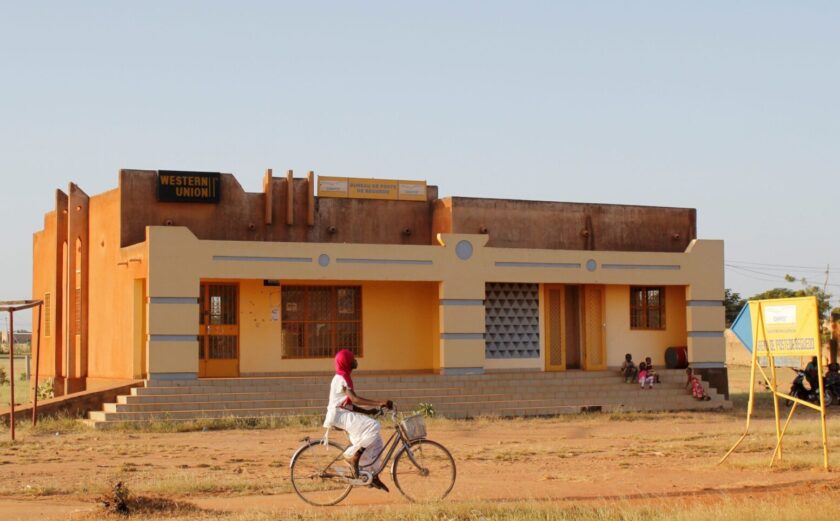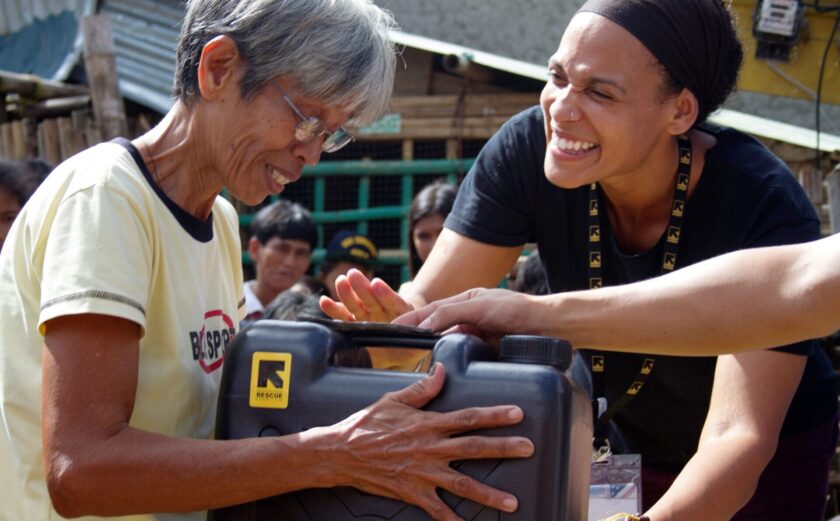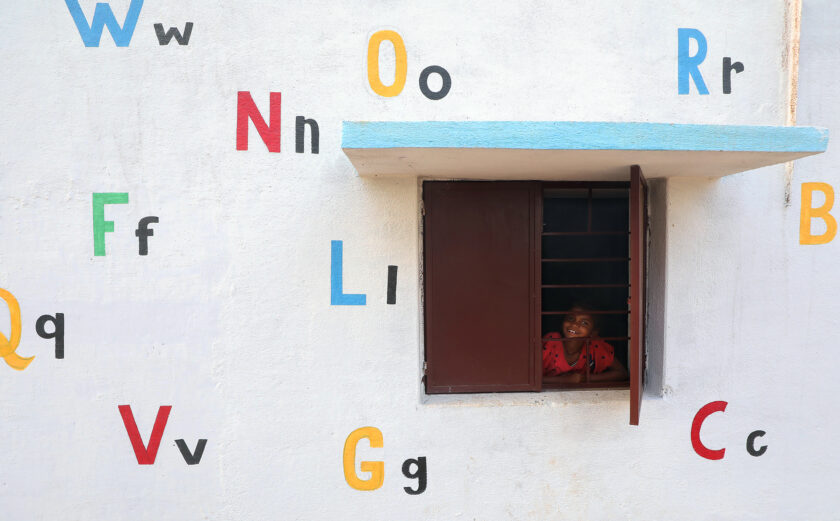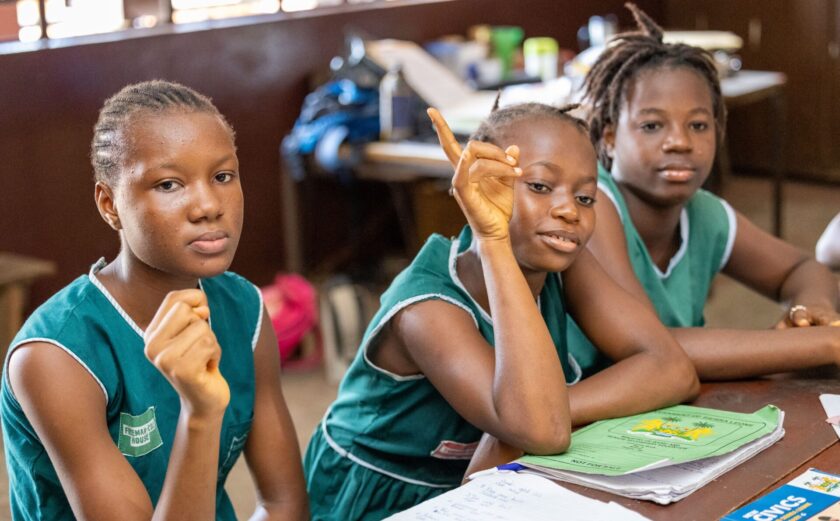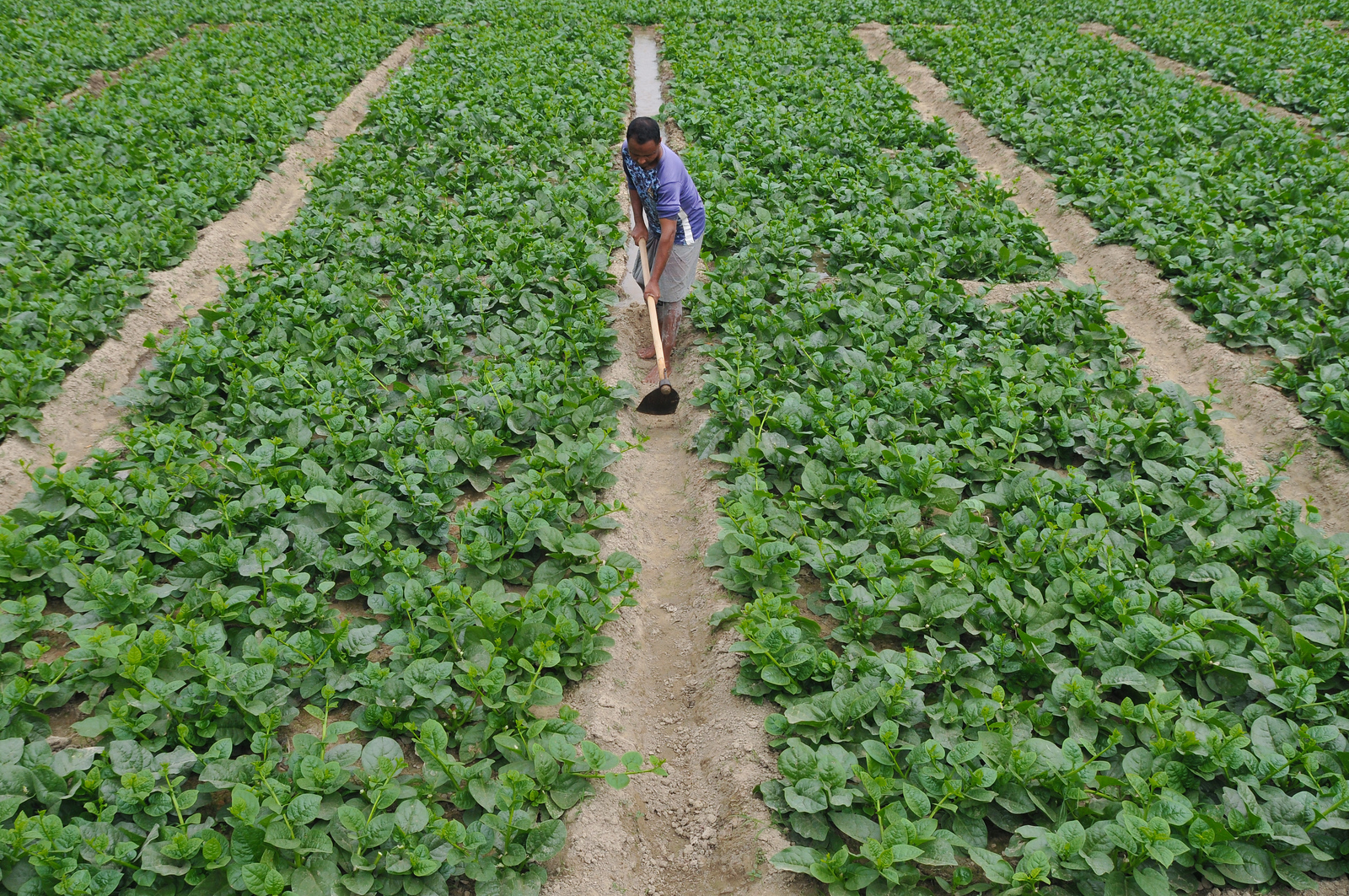
NGO Community Response to USAID’s Draft Resilience Policy Revision
USAID’s draft 2022 Resilience Policy Revision makes significant progress toward resilience becoming a multisectoral priority. However, some adjustments and additions to the draft policy (released for public comment in January) remain necessary to ensure effective implementation.
As the world faces interwoven and compounding shocks and stressors from climate change, conflict, political instability, and extreme poverty, the number of people living in fragile contexts has increased with devastating effects. Today, 23% of the world’s population—and, notably, 73% of its extreme poor—live in fragile contexts. By 2030, the latter is expected to rise to 86%.
Building household, community, and system resilience must be a central goal of development and humanitarian work, particularly in regions facing more frequent and complex crises. If successful, resilience programming can build durable and sustainable human well-being, increase community capacity to respond to shocks, and improve the long-term effectiveness of aid.
USAID’s draft Resilience Policy Revision takes necessary steps to strengthen resilience programming, expand it across sectors, and fill in gaps that have emerged since the original “Building Resilience to Recurrent Crises” policy was published in 2012. The original policy introduced resilience as a goal in food security programming; the draft policy revision expands resilience as an objective across all sectors—including education, WASH, health, climate mitigation, and conflict—highlighting the need for resilience within each sector and emphasizing the importance of cross-sectoral coordination. The new policy also makes progress by uplifting local ownership as a core principle of resilience and promoting humanitarian, development, and peacebuilding (HDP) coherence throughout.
The InterAction community gladly welcomes these updates to USAID’s Resilience Policy. However, to ensure the desired effects, certain sections of the policy require an additional focus or more detailed guidance. Recommended adjustments include adding explicit examples of what resilience would look like in new programming across sectors; uplifting an equity-, justice-, and rights-based approach; expanding risk analysis; and strengthening language on the links between climate and resilience. Looking ahead to implementation, USAID should further strengthen the emphasis on local ownership, enable HDP coordination, allow for more flexible and long-term funding, and create a comprehensive and transparent system for monitoring and evaluation.
InterAction’s NGO Community Response to the USAID Resilience Policy Revision provides detailed feedback and recommendations on the 2022 draft policy revision. The recommendations were informed via submissions from the InterAction community and a consultation session with USAID in January 2023 during the three-week comment period. InterAction hosted two additional stakeholder events to provide feedback on the 2012 Resilience Policy in June 2021 and May 2022.
Please reach out to Sara Nitz-Nolan with any questions or comments. We look forward to continuing the conversation on resilience as the final policy is released later this year.
